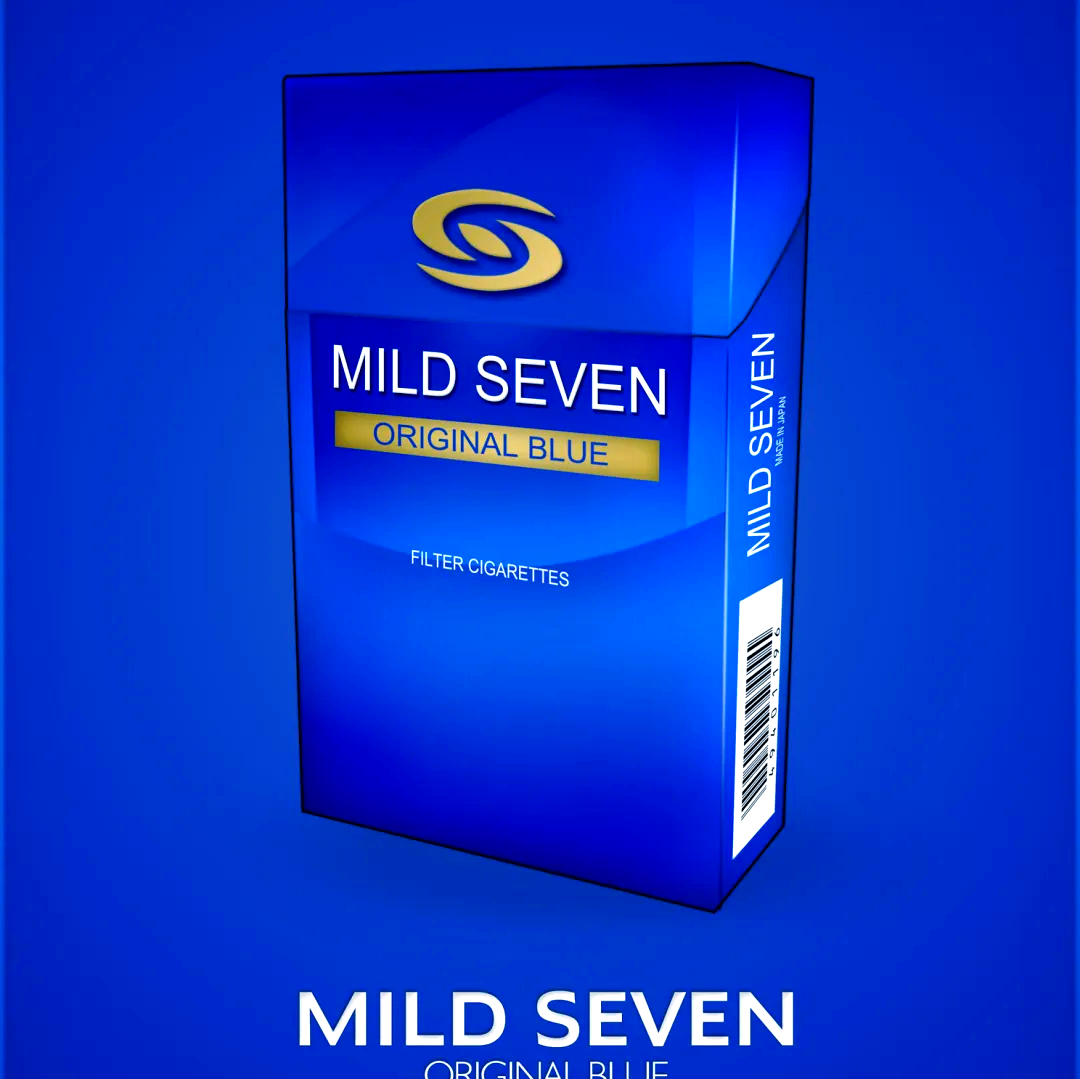A Comprehensive Guide to Selecting the Perfect Vape Coil for Your Mod
The world of vaping offers a vast landscape of customization, allowing users to tailor their experience to their exact preferences. At the heart of this experience lies the crucial, and often misunderstood, relationship between your mod (the battery device) and your coil (the heating element). Choosing a compatible coil is not merely about what physically fits; it’s about creating a synergistic partnership that delivers optimal performance, flavor, and safety. An incompatible coil can lead to a disappointing, or even hazardous, vaping session. This guide will demystify the process, providing you with the knowledge to confidently select the perfect vape coil for your mod.
Understanding the Core Components: Mod and Coil
Before delving into compatibility, it's essential to understand the roles of each component.
-
The Mod: This is the power source of your setup. Its primary function is to supply energy to the coil. Mods come in various types, primarily defined by their power capabilities and control features. Key specifications include:
- Output Power (Wattage): Measured in watts (W), this is the most common power setting.
- Output Voltage (V): Some mods allow for direct voltage control.
- Output Modes: Modern mods often feature Variable Wattage (VW), Temperature Control (TC), and sometimes bypass modes.
-
The Coil (Atomizer Head): This is the consumable component, typically housed within a tank, that vaporizes the e-liquid. It contains a resistance wire (the coil itself) and a wicking material (usually cotton). Its key specifications are:
- Resistance (Ohms - Ω): This measures the coil's opposition to the electrical current. Lower resistance (e.g., 0.15Ω) allows more current to flow, generally producing more vapor and requiring more power. Higher resistance (e.g., 1.0Ω) restricts current, producing less vapor and requiring less power.
- Recommended Wattage Range: Every pre-made coil has a wattage range printed on its side, which is the safest and most effective power band for that specific coil.
- Compatible Wire Material: The coil can be made from Kanthal, Stainless Steel (SS), Nickel (Ni200), or Titanium (Ti), each with different properties.
The Pillars of Compatibility
Ensuring your coil and mod work in harmony revolves around four main pillars.
1. Physical Connection: The 510 Thread
The universal standard for connecting a tank (which houses the coil) to a mod is the 510 thread. Thankfully, over 99% of modern mods and tanks use this connection. As long as both your mod and your tank have a 510 thread, they will physically connect. The primary consideration here is the diameter of your tank. A very wide tank on a small mod might look odd or have an overhang, but it will still function.
2. Electrical Compatibility: Resistance and Power
This is the most critical aspect of performance and safety. Your mod must be capable of supplying the appropriate power for your chosen coil.
-
Matching Coil Resistance to Mod Power:
- Low-Resistance Coils (Sub-Ohm, below 1.0Ω): These are designed for high-power mods, typically those that can output 40 watts or more. They are used for Direct-to-Lung (DTL) vaping, producing large clouds of vapor and intense flavor. Attempting to use a 0.2Ω coil on a low-power device like a small pod system will result in weak vapor production and rapid battery drain.
- High-Resistance Coils (Above 1.0Ω): These are intended for low-power devices, typically below 30 watts. They are used for Mouth-to-Lung (MTL) vaping, which mimics the sensation of smoking a cigarette. Using a 1.8Ω coil on a 200-watt mod at high power will instantly burn out the coil and potentially damage it.
-
The Golden Rule: The Recommended Wattage Range: Always, without exception, adhere to the wattage range printed on the coil. Start at the lowest end of the range and gradually increase the wattage to your preferred taste. Exceeding the maximum wattage will burn the cotton wick, creating a permanently unpleasant burnt taste and potentially causing the coil to fail.
3. Operational Mode Compatibility
Advanced mods offer different operational modes that must align with the coil's material.
-
Variable Wattage / Power Mode: This is the standard and most common mode. It works with coils made from Kanthal and sometimes Stainless Steel (SS). If you are unsure, Power Mode is your default, safe choice for most standard coils.

-
Temperature Control (TC) Mode: This mode allows you to set a maximum temperature for the coil, preventing dry hits (burning the wick when the tank is empty). TC mode only works with specific coil materials whose resistance changes predictably with temperature. These are:
- Stainless Steel (SS)
- Nickel (Ni200)
- Titanium (Ti) Crucially, you must never use Kanthal coils in Temperature Control mode, as it can damage the coil and the mod. Always check your coil's material and set your mod to the corresponding mode.
4. Brand and Model-Specific Coils
While the 510 thread is universal, the coils themselves are often designed for specific tanks, especially within a brand's ecosystem.
- Proprietary Coils: Many brands, like SMOK, Vaporesso, Uwell, and GeekVape, design coil heads that are only compatible with their own tanks or a specific series of tanks. A SMOK TFV18 coil will not fit in a Uwell Valyrian 3 tank, even if both tanks fit on your mod.
- Cross-Compatibility: Some brands have coils that are compatible across different tanks. For example, many Vaporesso GT series coils are used in various tanks from other manufacturers. Research is key here. A quick online search for "[Your Tank Model] coil compatibility list" can reveal alternative options.
A Step-by-Step Selection Process
To put this all together, follow this practical process when choosing a new coil:
- Identify Your Mod: Know its maximum wattage output and available modes (VW, TC, etc.). A 50-watt mod is not suitable for a coil that requires 80-120W.
- Identify Your Tank: The tank model is usually printed on the chimney or the base. This is the most important factor for physical coil fit.
- Determine Your Vaping Style: Do you prefer a tight, cigarette-like draw (MTL) or a deep, airy inhale with big clouds (DTL)? Your tank is likely designed for one or the other.
- For MTL: Look for higher resistance coils (1.0Ω and above) with a lower recommended wattage (e.g., 10-15W).
- For DTL/Sub-Ohm: Look for lower resistance coils (below 1.0Ω) with a higher recommended wattage (e.g., 40W and above).
- Check the Coil's Specifications: Before purchasing, look for:
- Compatible Tank(s): Does the box list your tank model?
- Resistance (Ω): Does it match your desired vaping style?
- Recommended Wattage Range: Is this range within your mod's capabilities?
- Material: Is it Kanthal (for Power Mode) or Ni/SS/Ti (for TC Mode)?
- Experiment: Most tanks offer a range of coils with different resistances and purposes (e.g., single mesh for flavor, dual mesh for clouds). Don’t be afraid to try a few different options to find your perfect vape.
Conclusion of the Matter
Selecting the right vape coil for your mod is a fundamental skill for any vaper. By systematically checking the physical connection, ensuring electrical compatibility through resistance and wattage, matching operational modes to coil materials, and verifying brand-specific fit, you can transform your vaping experience from a guessing game into a finely tuned ritual. An informed choice not only guarantees superior flavor and vapor production but, most importantly, ensures a safe and enjoyable vape every time you press the fire button.











